
(Photo/Courtesy of the Institute of Tibetan Plateau Research, Chinese Academy of Sciences)
Chinese scientists have diffusion-induced lithium isotopic heterogeneity in olivines from peridotites of an oceanized mantle lithosphere the Tibetan Yunzhug ophiolite (central Xizang). The study supports that seawater lithium diffusion is one of the important factors for the heterogeneity of mantle lithiumi isotopes in ophiolites, the Global Times learned from the Institute of Tibetan Plateau Research (ITP), Chinese Academy of Sciences on Thursday.
The findings were published on Monday in the journal Scientific Reports under Nature, providing new insights into the interactions between different layers of the Qinghai-Xizang Plateau during geological history and serving the national strategic needs for mineral resources, according to a statement from the institute.
The study was conducted by a team led by researcher Shi Rendeng from the ITP. Using in-situ lithium isotope analysis of minerals, the team systematically analyzed lithium concentrations and isotopic compositions of olivines in the oceanized subcontinental lithospheric mantle (SCLM) peridotites and they suggest that the behavior of lithiumi in the oceanized SCLM peridotites may be controlled by lithium diffusion from seawater, aslithiumi activity in the liquid state is higher than the solid state in transporting lithium through the olivines in the peridotites.
Shi told the Global Times that in recent years, lithium isotope systems have been widely used in the study of mantle peridotites. Previous studies showed that the heterogeneity of mantle lithium isotope composition is mainly controlled by deep geological processes. The research team selected mantle peridotites from the vanished Tethys Ocean residue in the Tibetan Plateau as the research object, according to Shi.
The lithium isotope value in the mantle is about 0.2 percent, while the lithium isotope in seawater is heavier, with a value of about 3.1 percent. In the study, Shi's team found that the closer to the edge of the olivine mineral grains, the more distinct the seawater lithium isotope characteristics; the closer to the center of the olivine mineral grains, the more distinct the mantle lithium isotope characteristics, revealing that lithium elements from seawater enter olivine through diffusion.
The majority of data points is distributed along the binary mixing curve of seawater and continental mantle, indicating that the lithium isotope characteristics in the samples are controlled by both seawater and continental mantle, according to the study.
The study also found that lithium isotopes undergo strong fractionation at temperatures lower than 350 C and quickly reach homogeneity at high temperatures, indicating that high-temperature geological processes in the deep Earth are not the ultimate factor causing changes in lithium isotope composition. During the continental rifting process, mantle peridotites gradually rise and are exposed on the seafloor. Seawater infiltrates into the still relatively hot mantle peridotites. At this stage, mantle peridotites have enough energy to allow lithium elements from seawater to diffuse into olivine, with very low lithium isotope fractionation, preserving the seawater lithium isotope characteristics in olivine, according to the study.








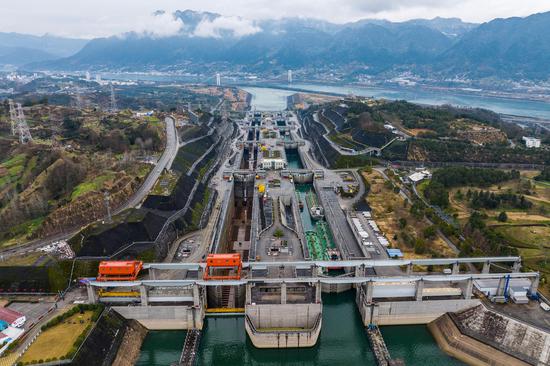




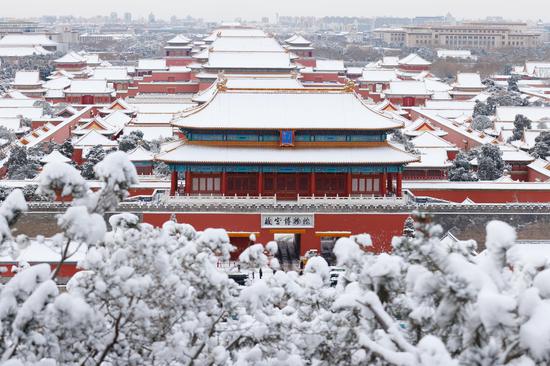
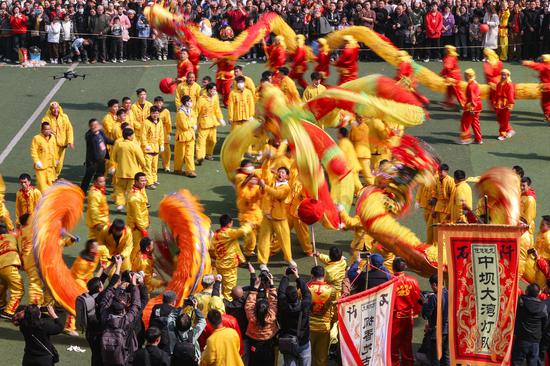
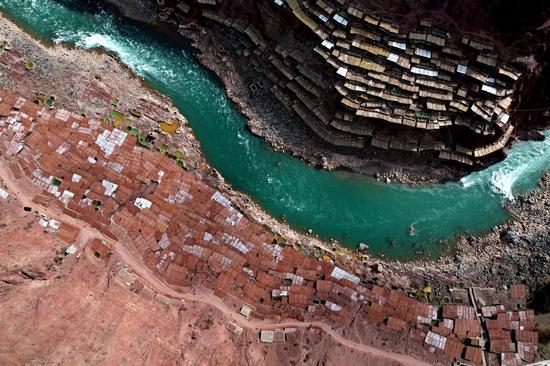

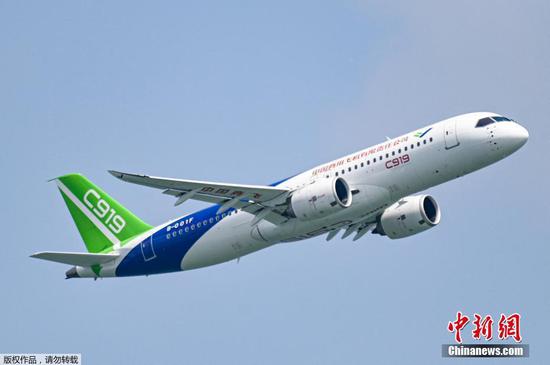

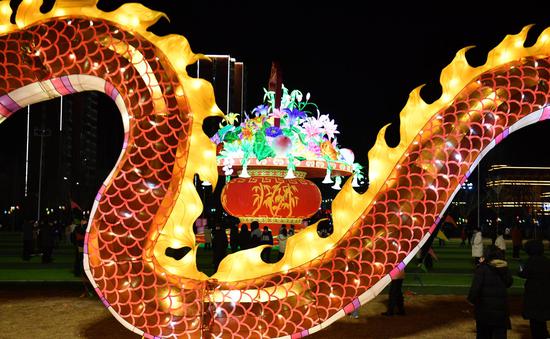


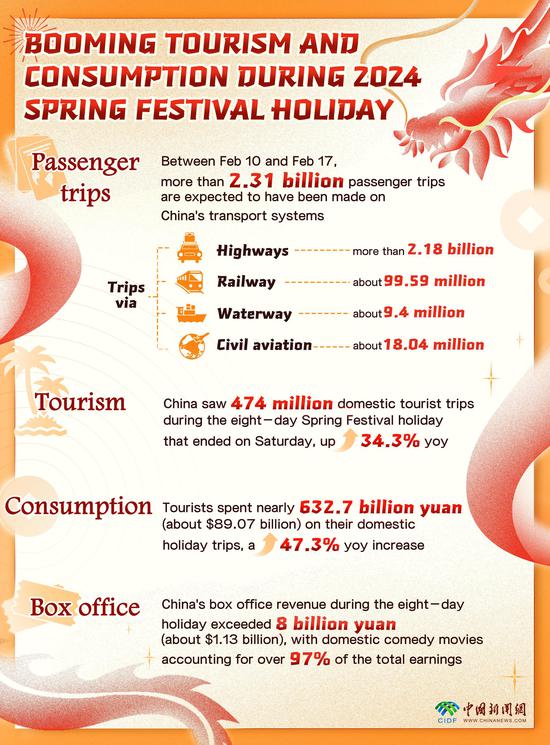
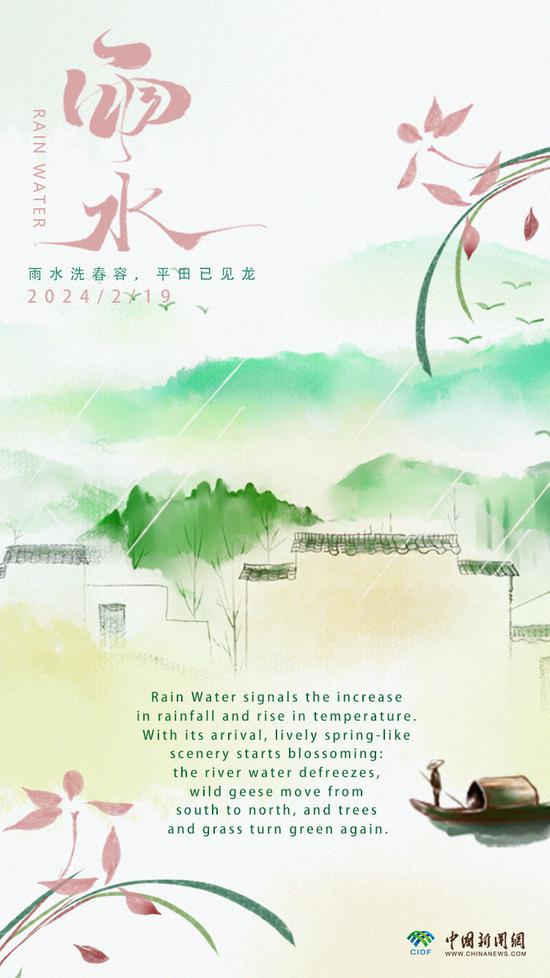


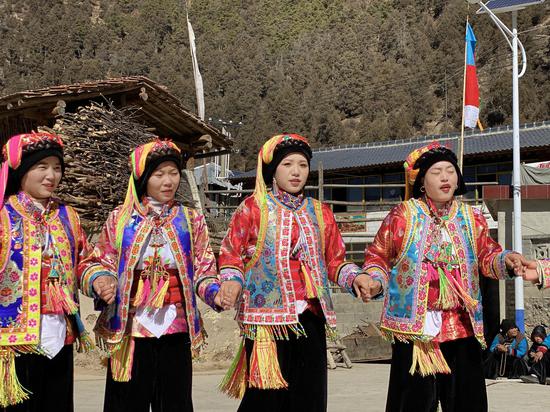



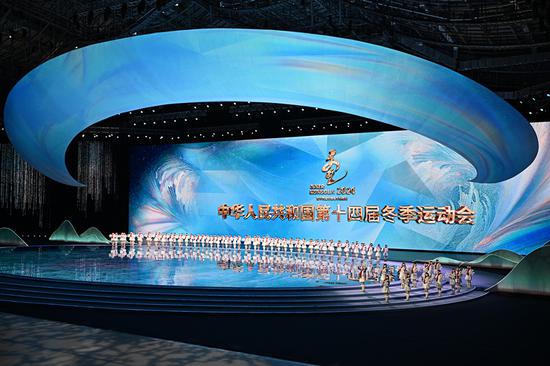



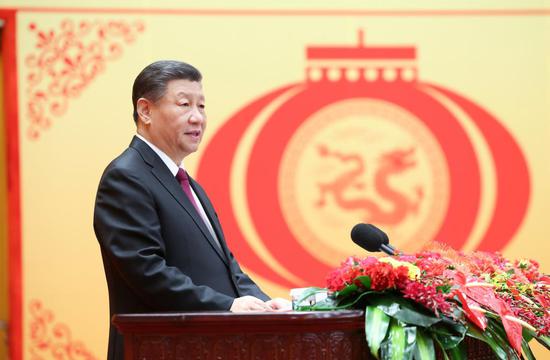
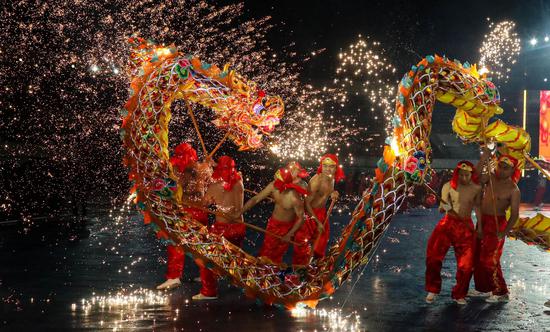
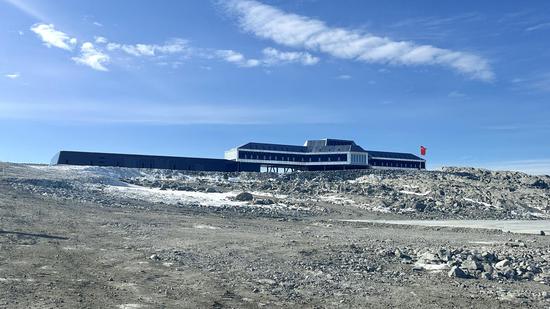


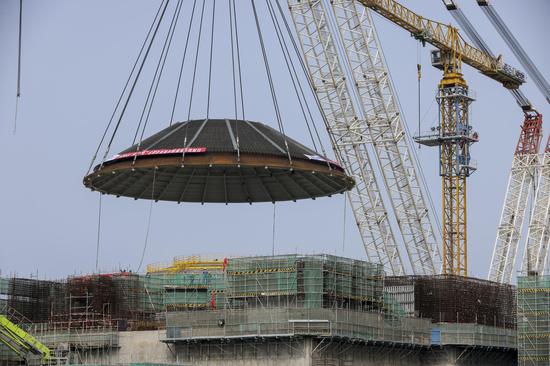




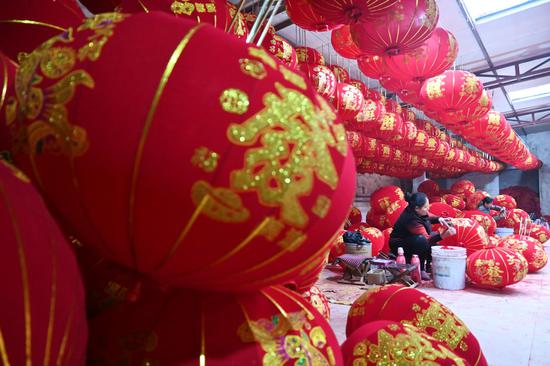

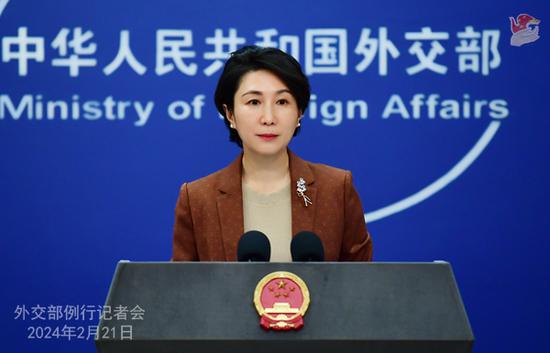



 京公网安备 11010202009201号
京公网安备 11010202009201号